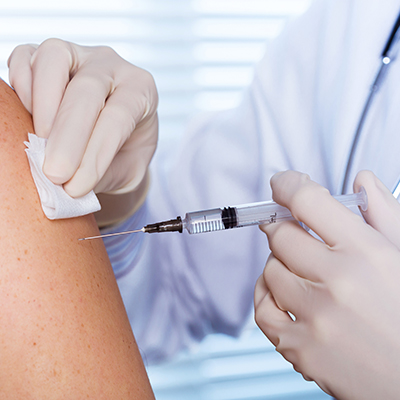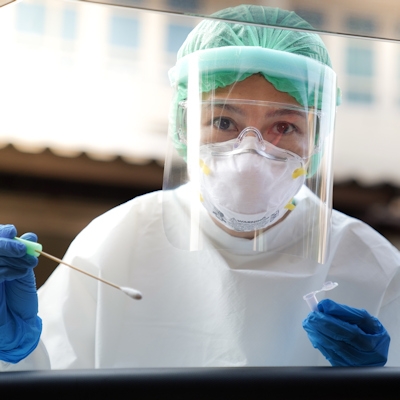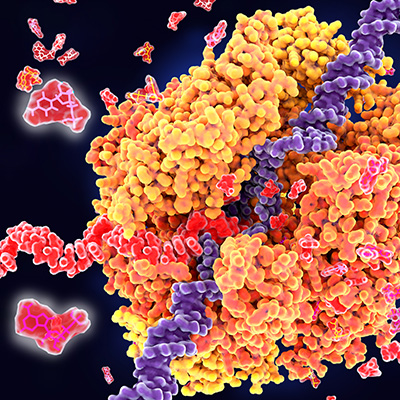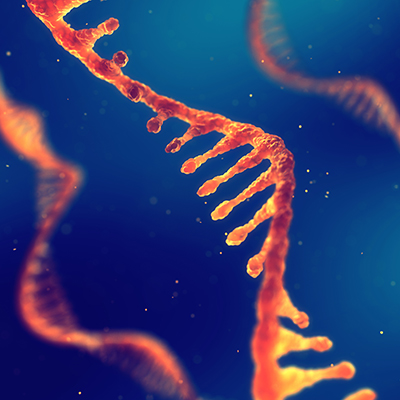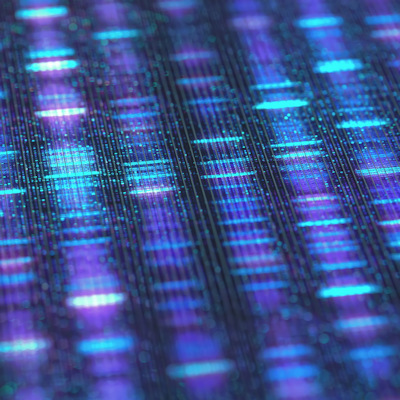September 23, 2020 -- New web resources provide insights into cellular genes that are impacted by coronavirus infection in the context of host molecular signaling pathways. These insights have the potential to speed novel drug development efforts in the fight against COVID-19, according to a new paper published in Scientific Data on September 22.
Signaling within and between airway epithelial and immune cells in response to infection by coronaviruses and other viruses is coordinated by a complex network of signaling pathway nodes including chemokine and cytokine-activated receptors, signaling enzymes and transcriptional factors, and transcriptional targets encoding downstream effectors. Connecting these events with coronavirus infection could be useful for the acceleration of therapeutic approaches, according to the authors, who are from Baylor College of Medicine and the University of California, San Diego (UCSD).
Web Resources
The Signaling Pathways Project (SPP) was developed by Baylor researchers as a web-based platform that integrates molecular datasets published in the scientific literature into consensus regulatory signatures (aka consensomes), that rank genes according to their rates of differential expression. Here, the researchers generated consensomes for infection of human cells by MERS-CoV, SARS-CoV-1, and SARS-CoV-2. This illuminated previously uncharacterized interfaces between coronavirus infection and human cellular signaling pathways.
To make the results of the analysis as widely available as possible, they were made freely accessible through the SPP knowledge base and as Cytoscape-style networks in the Network Data Exchange (NDEx) repository in collaboration with colleagues at UCSD. NDEx reduces barriers of accessibility by providing simple click-and-drag mining strategies.
"The collaboration with UCSD makes our analyses available as intuitive Cytoscape-style networks," said Neil McKenna, PhD, associate professor of molecular and cellular biology and member of the Dan L Duncan Comprehensive Cancer Center at Baylor, in a statement. "Because using these resources does not require training in meta-analysis, they greatly lower the barriers to usability by bench researchers."
New Insights
To integrate the transcriptional data on the web platforms, a set of coronavirus infection consensomes were generated. Then, using high confidence transcriptional target (HCT) intersection analysis, which compares consensomes against transcriptional signatures, human genes were ranked for their potential expression in response to infection of human cells by coronaviruses. This allows users to identify gain or loss of function of genes in response to coronavirus infection based on transcriptional patterns.
Past research has associated SARS-CoV-2 infection with increased incidence of preterm deliveries and has linked pregnancy with increased susceptibility to viral infectious diseases. As an example of the power of the new analysis, the researchers hypothesized that progesterone receptor signaling antagonizes SARS-CoV-2 induced inflammatory signaling in the airway epithelium.
They identified 12 genes that were HCTs for both SARS-CoV-2 infection and progesterone. The analysis revealed that infection resulted in progesterone loss of function. As most pregnant women are asymptomatic, the researchers suspect that elevated circulating progesterone contributes to this effect. Consistent with their hypothesis, while the paper was being reviewed, a clinical trial was launched to evaluate progesterone as a treatment for COVID-19 in men.
The team also identified SARS-CoV-2 specific HCTs included E2F (transcription factors) family members that encode key drivers of DNA replication and the cell cycle. Analysis showed that this family of genes was repressed with SARS-CoV-2 infection. SARS-CoV-2 repressed these genes with the highest efficiency compared to the other coronaviruses evaluated. This is the first evidence of SARS-CoV-2 infection on host cell cycle regulatory genes through disruptions of the E2F mediated signaling pathways, suggesting that repression of cell cycle regulatory genes could contribute to the unique pathogenesis of the virus.
"Our motivation for developing this resource is to contribute to making research about COVID-19 more accessible to the scientific community. When researchers have open access to each other's work, discoveries move forward more efficiently," McKenna explained.
Do you have a unique perspective on your research related to bioinformatics or infectious disease research? Contact the editor today to learn more.
Copyright © 2020 scienceboard.net




